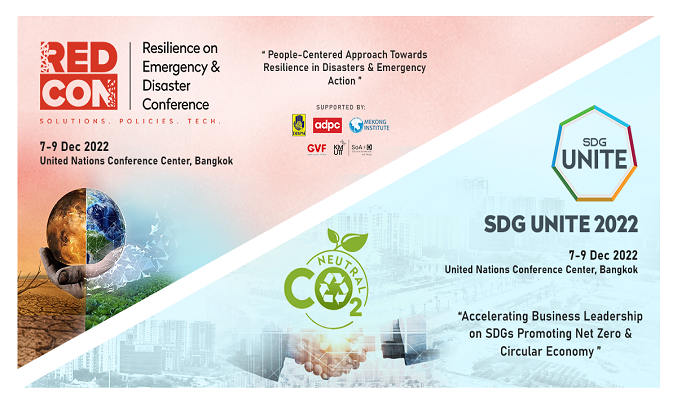Tip 1 Do your research: Prior to engaging in a conflict or post-conflict setting, funders must understand the context, the drivers of conflict, key conflict issues, potential spoilers and potential constituencies for peace.
Tip 2 Be prepared to take risks: Conflict and post conflict settings are inherently risky. Funders must be willing to assume some degree of risk when engaging in these settings. While the risk of failure is real, the rewards may be great; funders that are flexible, creative and willing to take risks can play an important role in conflict prevention and mitigation, and peacebuilding.
Tip 3 Focus on conflict prevention: Though it is difficult to measure – and therefore fund–focusing on prevention is critical.
Tip 4 Know your partner: Establishing relationships and partnerships with grantees and other key stakeholders is important. By staying connected with partners and grantees, funders are able to stay on top of the situation and build networks for peace.
Tip 5 Support indigenous efforts: Funders should support locally led initiatives and connect these to national and international efforts.
Tip 6 Provide core support: To help ensure the long-term viability of civil society, funders should consider providing grantees with core support, rather than project-based support. Core support allows grantees to be flexible in volatile, rapidly changing contexts.
Tip 7 Be a connector: By levering their ability to connect local actors with national and international players, funders can help build networks of peace.
Tip 8 Stay the course: Peacebuilding work is long-term and requires long-term commitment. When engaging in a conflict area, funders should think about long-term strategies for building and maintaining peace.











